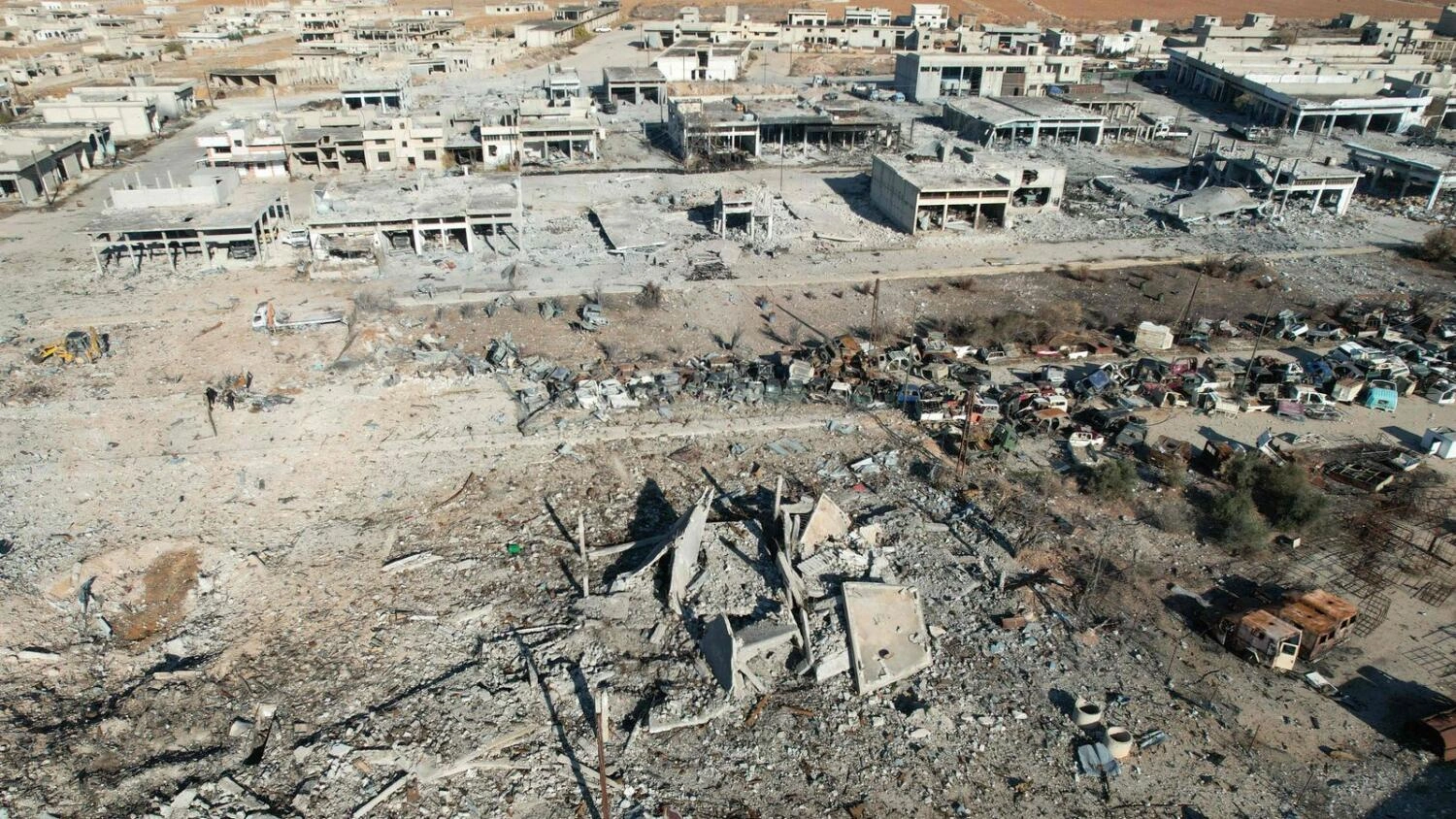Residents of Qusayr, a city in central Syria, are finally coming back to their hometown after Hezbollah fighters left. These fighters had controlled the area for nearly a decade after helping Bashar Al Assad’s forces take over the city. Now, with Assad’s fall, they have withdrawn, giving residents a chance to return.
Years of conflict have left much of Qusayr in ruins. The Lebanese armed group, a key ally of Assad, had set up a military base and training camp in the city during their occupation.
“Most areas of Qusayr were completely off-limits to us,” shared 22-year-old resident Ali Khleif. “Even local shop owners were banned from entering their own businesses.”
The Syrian military recaptured Qusayr in June 2013 after a major offensive led by Hezbollah. At that time, Qusayr was a critical transit point for rebel weapons and fighters coming from Lebanon. Its location was vital for the Syrian government because it connects Damascus to the coast.
Hezbollah had turned many of the buildings in the city into storage for weapons and ammunition, according to Khleif. He added, “After the liberation, residents started returning to reclaim their shops and land. Now, we are preparing to rebuild.”
Hezbollah officially admitted in 2013 that it was fighting in Syria to support the Assad regime. This was two years after the Syrian conflict began when Assad violently suppressed a pro-democracy uprising.
Now, in Qusayr, former Hezbollah outposts have been ransacked, and images of the group’s previous leader, Hassan Nasrallah, have been destroyed. Nasrallah was killed in September during a significant Israeli airstrike in Beirut’s southern suburbs.
The battle for Qusayr in 2013 displaced thousands of residents, including many Lebanese people from the area, which has close ties to Lebanon’s Bekaa Valley. Last week, Hezbollah fighters left Qusayr after Assad’s fall, which followed a rapid advance by Islamist-led rebel forces that captured Damascus on December 8.
Lawyer Ayman Soweid, 30, explained the role Qusayr played during Hezbollah’s control. “Our city was like a land bridge for transporting weapons from Syria and Iran through Iraq to Lebanon,” he said.
Israeli airstrikes have also frequently targeted Qusayr over the years. Israel has conducted hundreds of strikes in Syria since 2011, mostly targeting the Syrian army and Iran-backed groups like Hezbollah. Although Israel rarely comments on specific strikes, it has consistently stated it will not allow Iran to expand its influence in the region.
Amid the rubble in Qusayr, 38-year-old Samar Harfouch surveyed what was left of her home. She returned to the city on Saturday only to find everything destroyed. “This is my house, and those are the homes of my husband’s brothers, three houses in total,” she told AFP. Pointing to more ruined buildings nearby, she added, “Twelve houses in total have been reduced to rubble.”









